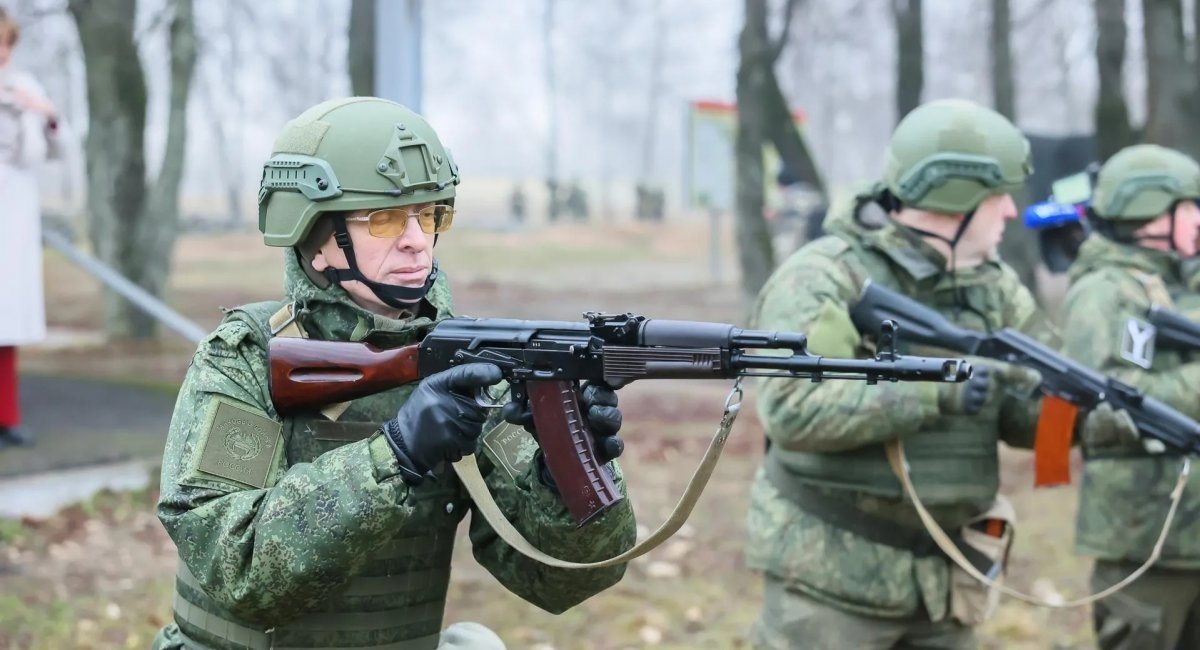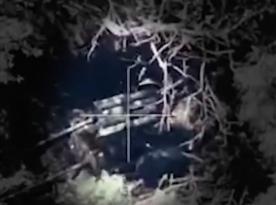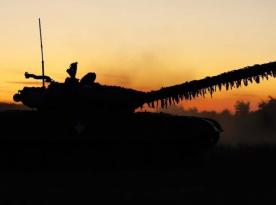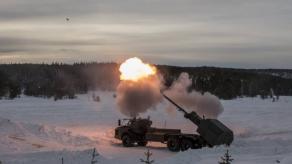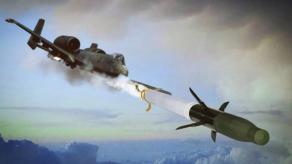With Kremlin's rhetoric assuming a potential military aggression against European NATO countries — backed by active reformatting of the armed forces, planned creation of new armies, divisions, and military districts — the possibility of a new powerful wave of mobilization is quite real. Especially so since the factor of presidential "elections" no longer constraints Putin to issue another unpopular decree and draft more rookies.
Against such a background, estimating russia's capacity to train and form new units becomes an important way to assess the threat. Ukrainian Defense Intelligence has been monitoring these activities for a while now, the findings revealed by its Deputy Chief, Vadym Skibitskyi:
"The enemy has developed clear programs for the training of units. Moreover, for the training of units that were formed from scratch. It takes 27 days to form, for example, a battalion. This includes individual training, group training as part of a unit, and interoperability training. 27 days and an infantry unit is ready for use on the battlefield," Vadym Skibitskyi said in an interview with Apostrophe TV.
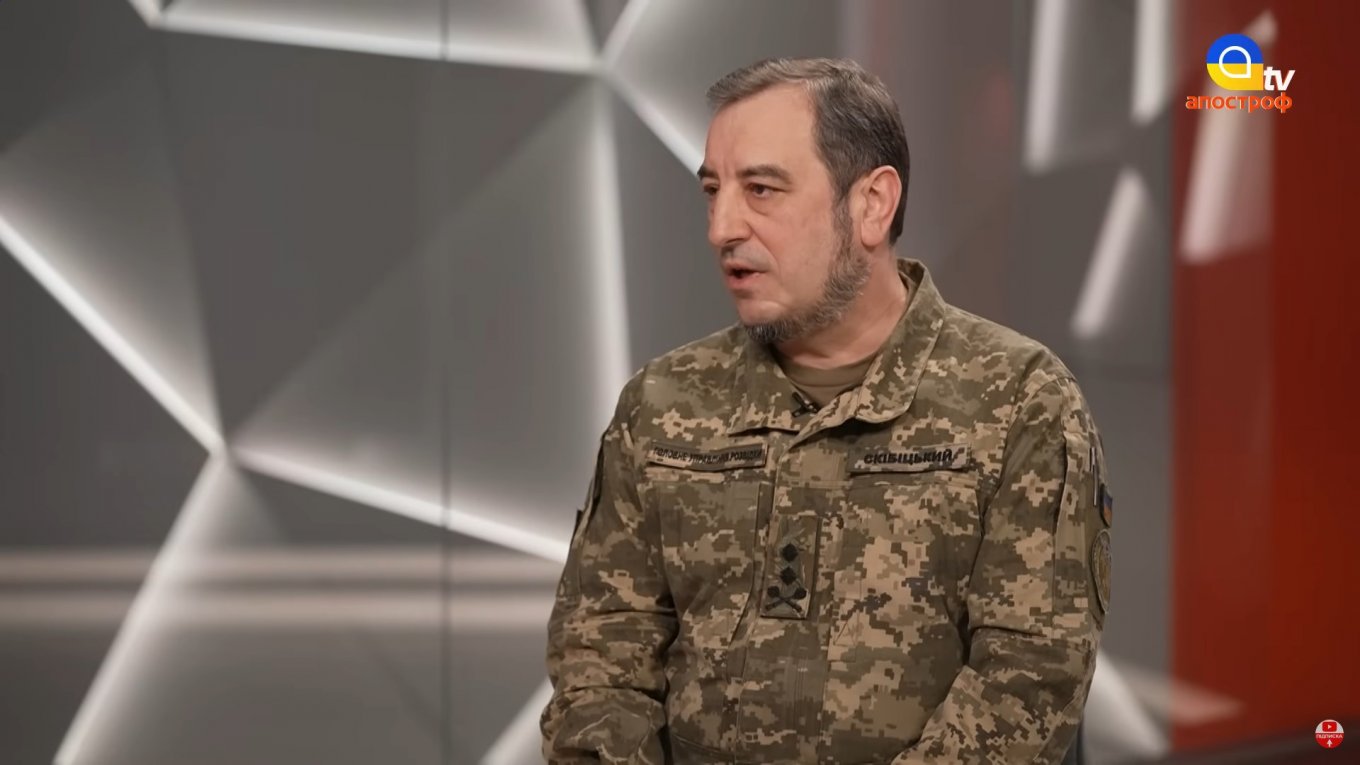
Compared to the so-called "partial mobilization" campaign in the fall of 2022, when russian military training facilities were overwhelmed with the number of draftees, there likely won't be such a problem this time, Skibitskyi noted. On the other hand, with such a hasty boot camp, the quality of training recruits receive is poor. In support of his point, the intelligence official recalls that many of the prisoners of war held by Ukraine surrendered to Ukrainian forces in just a few days since their arrival on the frontline.
Moscow is aware of it but continues to crash-course the recruits nonetheless because the ultimate strategy is to use sheer quantity of manpower to achieve goals. Regular reinforcements with rookies not only allow the russian forces to replenish the losses but, furthermore, grow in numbers.
"Currently, the ground [force] component of the enemy in our territories numbers about 474,000 troops. Until the beginning of 2024, this figure fluctuated between 450,000 and 460,000 troops. There is an increase, but it's achieved by forming up so-called reserve regiments and introducing additional units," Vadim Skibitsky pointed out.
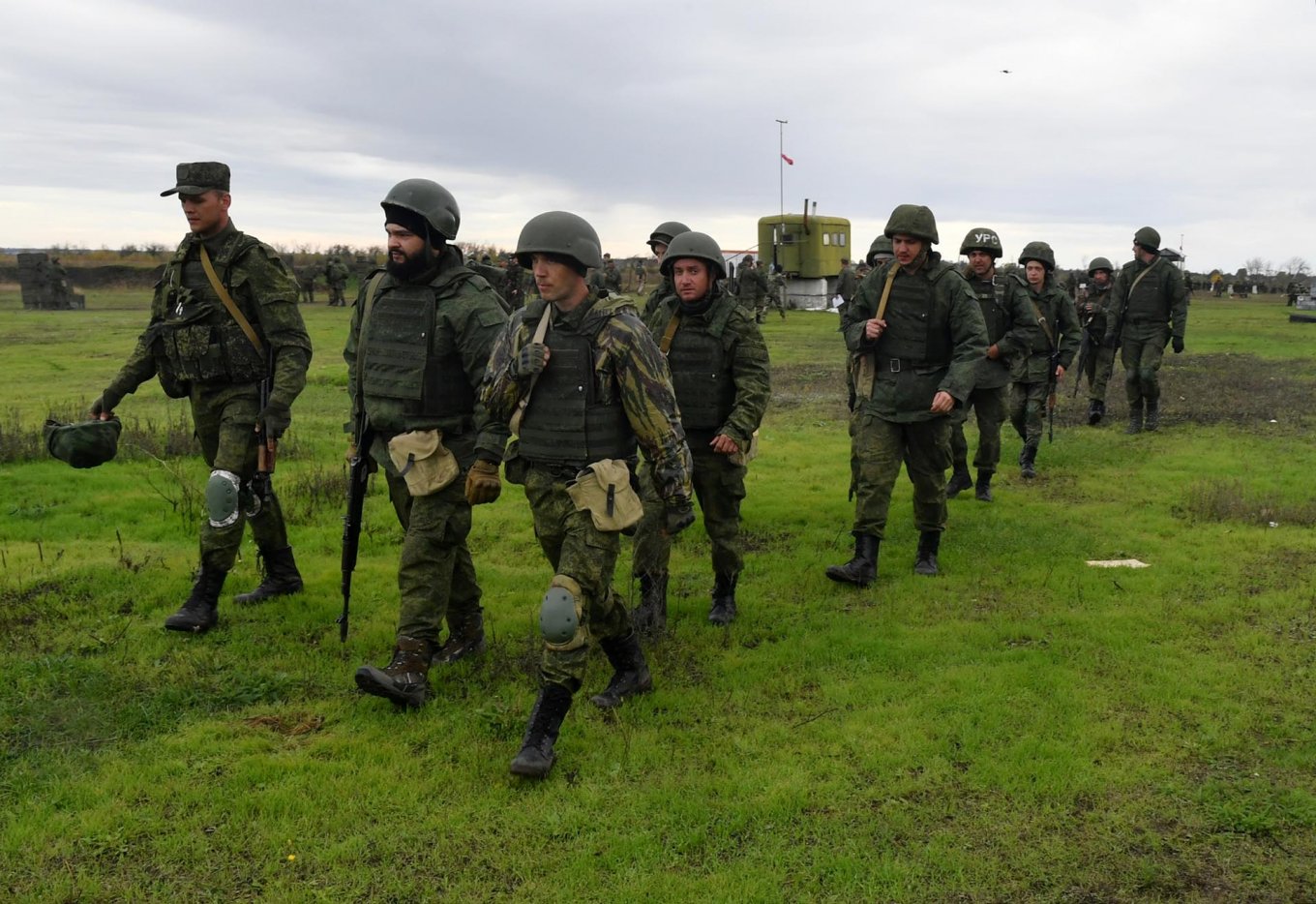
In addition, russia is accelerating the preparation of military specialists: artillerymen, tank crews, etc. The personnel are encouraged by early release from prison and/or financial benefits upon completing the course. The important part is, russian forces in general have reduced the presence of armored units during assaults, these tasks are mostly up to unprotected infantry to accomplish at this point, so the infantry suffers most of the daily casualties. Though there are extraordinary exceptions, with dozens of tanks destroyed at a time.
Also, the Deputy Chief of the Defense Intelligence noted that a huge number of russian arsenals with military equipment and arms have already been depleted.

"In general, about 80% [of vehicles] that the russian federation currently uses in the ground force component are the ones restored or taken from storage and modernized. Only 20% or even less are new tanks, BMPs, armored personnel carriers, artillery systems, etc. That is, no more than 200 new tanks are produced in russia per year," Vadym Skibitskyi emphasized.
He added, it is becoming more and more difficult for the russian defense industry to restore weapons from long-term storage because the age of armaments is going up the deeper they dig into warehouses. The need for scarce components is growing, and due to international trade sanctions imposed against the russian federation, it's becoming more difficult to modernize the archaic inventory.
Read more: russia May Start Using Kalibr Cruise Missiles Soon: Estimating the Quantity of Stockpile



